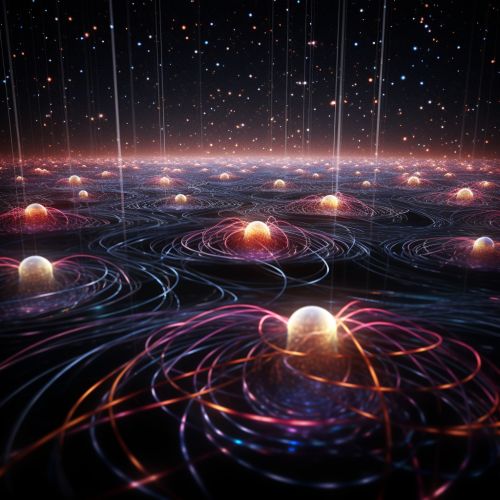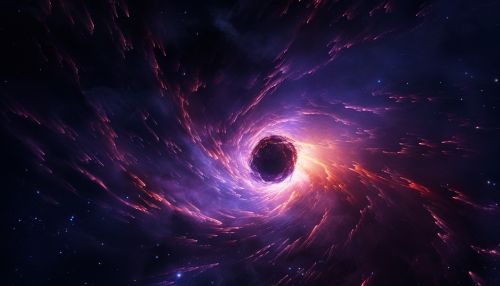The Physics of Quantum Mechanics in String Theory
Introduction
The physics of quantum mechanics in string theory is a complex and fascinating topic. It combines the principles of quantum mechanics, a fundamental theory in physics that provides a description of the physical properties of nature at the scale of atoms and subatomic particles, with the theoretical framework of string theory, a theoretical framework in which the point-like particles of particle physics are replaced by one-dimensional objects called strings.


Quantum Mechanics
Quantum mechanics is a fundamental theory in physics that provides a description of the physical properties of nature at the scale of atoms and subatomic particles. It introduces concepts such as wave-particle duality, superposition, and quantum entanglement. These principles, while counterintuitive in the context of classical physics, are key to understanding the behavior of particles at the quantum level.


String Theory
String theory, on the other hand, is a theoretical framework in which the point-like particles of particle physics are replaced by one-dimensional objects called strings. String theory describes how these strings propagate through space and interact with each other. In string theory, one of the vibrational states of the string corresponds to the graviton, a quantum mechanical particle that carries gravitational force. Thus, string theory is a theory of quantum gravity.


Quantum Mechanics in String Theory
The application of quantum mechanics principles in string theory is a complex process. The quantum field theory, which is a theoretical framework for constructing quantum mechanical models of subatomic particles in particle physics, is used as a basis for the formulation of string theory. The principles of quantum mechanics are applied to these strings, resulting in a quantum theory of strings.


Implications and Applications
The implications and applications of the physics of quantum mechanics in string theory are vast. It has the potential to reconcile the theories of general relativity and quantum mechanics, providing a unified description of the fundamental forces of nature. It also has applications in black hole thermodynamics, cosmology, and quantum gravity.


Challenges and Controversies
Despite its potential, the physics of quantum mechanics in string theory is not without its challenges and controversies. The theory is still in its developmental stage and has yet to make testable predictions. It also requires the existence of extra dimensions, which is a concept that is not yet fully accepted in the scientific community.


